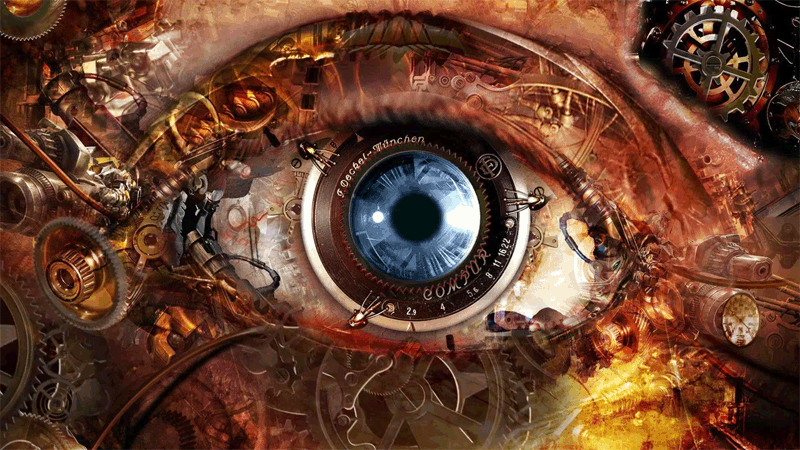The past seven years have witnessed the resurgence and perfection of neural networks, the present-day king of prediction machines. It wasn’t always clear that these highly parameterized, flexible methods of machine learning could actually work. While many of the pioneering ideas date back to the 1990s and even 1980s, including those contributed by researchers recognized in the 2018 ACM A.M. Turing Award, only recently have we had the volume of data (i.e. Fei-Fei Li’s ImageNet) and the capacity for computation to drive the breakthroughs in image recognition (i.e. the 2012 paper by Krizhevsky, Sutskever and Hinton), playing Go (i.e. the 2018 paper by Silver et al.), and automated writing (i.e. OpenAI’s 2019 announcement).
But if the narrative of the present is one of “prediction machines,” referencing the book of the same title by Ajay Agrawal, Joshua Gans, and Avi Goldfarb, the narrative of the future will belong to “decision machines.” If the narrative of the present is one of managers who are valued for showing judgment in decision making — don’t tell me whether someone will do well on the job, or whether a new product will win in the marketplace, but tell me instead who I should hire, which products I should bet on — then the narrative of the future will be one in which we are valued for our ability to judge and shape the decision-making capabilities of machines.
Artificial intelligence (AI) is the pursuit of machines that are able to act purposefully to make decisions towards the pursuit of goals. Machines need to be able to predict to decide, but decision making requires much more. Decision making requires bringing together and reconciling multiple points of view. Decision making requires leadership in advocating and explaining a path forward. Decision making requires dialogue. It is decisions, not predictions, that have consequences.
Inevitably, progress is being made. We can see today the advent of the era of decision machines. Algorithms are used to make loan decisions, to decide who to interview for a job, to order shipments of goods, to optimize the layout of warehouses, for dynamic pricing, to allocate police resources, to match interns to medical residencies, to decide on organ transplants, to run political advertising campaigns. Much of this is poorly understood by the public, and much of this goes undiscussed.
We can begin to feel this tipping from prediction to decision in the world of recommender systems. Once a quiet backwater of academia (Forest Gump or ET?), recommender systems are nowadays on the front line of the collisions between technology and business, between technology and society. Recommender systems guide the content we consume, the people we hear from on social networks, who we connect with on LinkedIn, who we match with on ride-sharing platforms. Generally speaking, people remain in the loop, choosing how to click, choosing how to browse, who to “friend.”
There is little technical impediment to move from “recommender systems” to “decision systems.” Indeed, it is this very promise of the automation of choice decisions, the automation of transactions, the automation of group decision making, that motivates decades of research into multi-agent systems — the subfield of AI that thinks about interacting, intelligent agents, both artificial and human — my own research included.
As machines come to make decisions on our behalf, on behalf of the companies for whom we work, the organizations to which we contribute our time, our role must shift again. The judgment we will provide, as managers, as volunteers, as citizens, will be about the values that should be enshrined in our systems. Our role will not be one of judgment in the small, but rather judgment in the large, not one of making a point decision at a point in time, but in shepherding the development and deployment of entire systems whose purpose is to make decisions, continuously and automatically. What will the decision machines of the future be optimizing for, on the basis of what data, and on whose behalf? The academic community is starting to pay attention to this shift, from predictions to decisions, for example through the recent CCC visioning workshop on economics and fairness that I ran at Harvard University with Rakesh Vohra. And it is time that business starts to pay attention as well.
